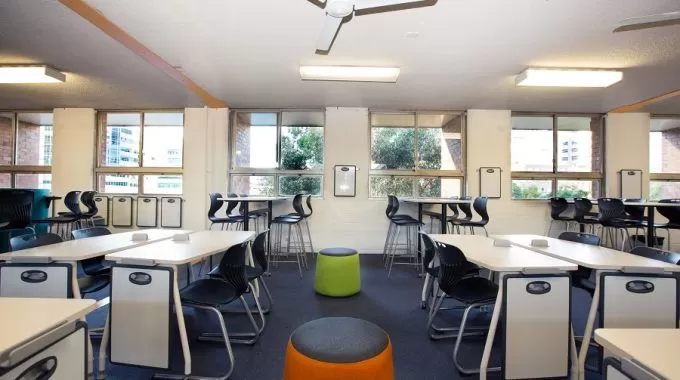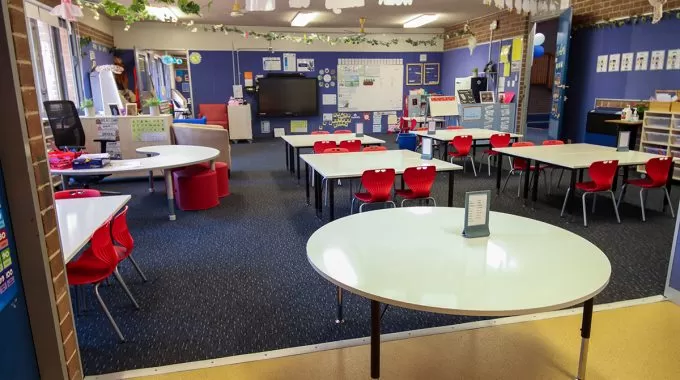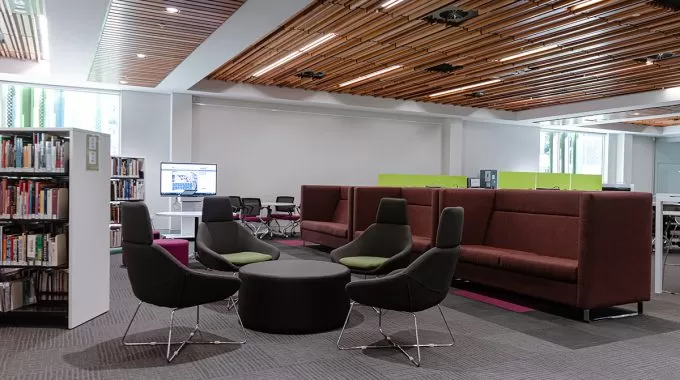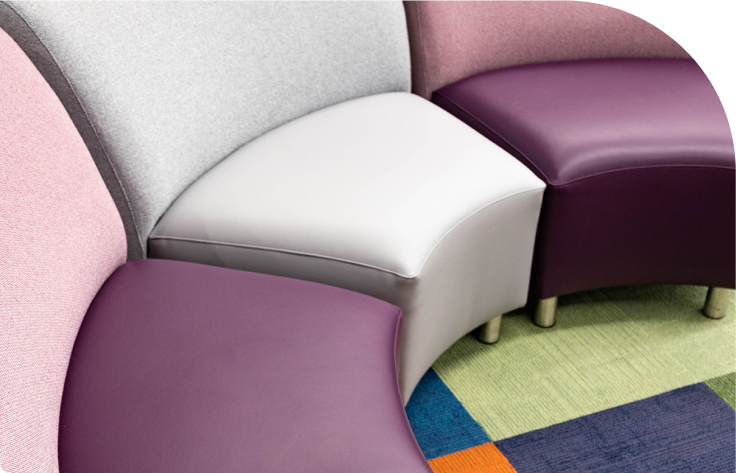Classrooms From Around the World

Have you ever wondered what teaching and learning looks like in an environment completely different to yours? We look at some international classrooms to find out.
When considering primary classroom furniture or high school classroom furniture, it can be interesting to see how teachers in other countries are creating learning experiences for students with the equipment available to them. We take a look at some successful, value-creating education systems around the world, and see if we can integrate some insights into the way we structure classrooms in Australia.
A country well-known for its successful schooling system is Singapore, which at first look might not seem so different to Australia’s classrooms. In Singapore’s schools, students sit at individual desks and work off textbooks and lectures. What sets Singapore’s system apart however is not the classroom furniture, but the curriculum itself – lessons are carefully tailored to frequent summative tests, and these tests are at a challenge level designed to inspire meritocracy in students. A similar style of education is also used in South Korea and Japan, where students frequently need to attend supplementary “cram-schools” to keep up with the rigorous demands of each exam.
On the opposite end of the spectrum is Finland, which thrives due to student autonomy and self-motivated learners. Classrooms in Finland rarely look like traditional classrooms. Primary classroom furniture and high school classroom furniture are not the standard hard tables and chairs we come to expect. Instead, students in Finland are welcome to direct their learning to what best suits their current activity or project: tables move easily for collaboration, and projector screens or smart whiteboards are readily available on the walls. We see similar trends in classrooms in the United States, Canada and Australia, offering students flexible options such as moveable tables, a choice in chairs and STEM equipment readily available.
In India, there is a deep respect for teachers, and it is expected that students listen attentively to their instructor without interruptions or even asking questions. As a result, high school classroom furniture in India tends to face straight forward at the blackboard. One teacher often commands the attention of 30-40 students at a time, so the mark of a good teacher is clarity, efficiency and mastery in their subject area. This style of teaching is also seen in countries like China and Indonesia, which have similarly high populations of students.
Although many areas of Africa are developing, educational outcomes have been steadily increasing, according to surveys conducted by UNESCO. The introduction of compulsory schooling in countries such as Kenya, Uganda and Nigeria have seen children of all family backgrounds undertake classes to improve their literacy and numeracy. Countries like Burundi which are recovering from civil conflict are still seeing an uptick in school attendance and literacy rates. The challenge many African schools face today are overcrowding in classrooms, some with up to 50 students per teacher, as well as a lack of facilities and school furniture. However, education fuels education, and the students of motivated teachers will certainly grow up to pass on knowledge and lift the standards of the next generation.
Through all these examples it’s clear that education finds a way to thrive, no matter what the environment. Teachers around the world are making the most of the school furniture available to them, and regardless of the situation, it only takes an inspired teacher and an eager group of students to make the magic happen.
[zohoForms src=https://forms.zohopublic.com/abaxkingfisher/form/BlogpostContactForm/formperma/mGOjr7yuy1IZ4yq9x6d9Fx6PYvFfs1XN4AHb-vugL8Y width=100% height=900px/]











